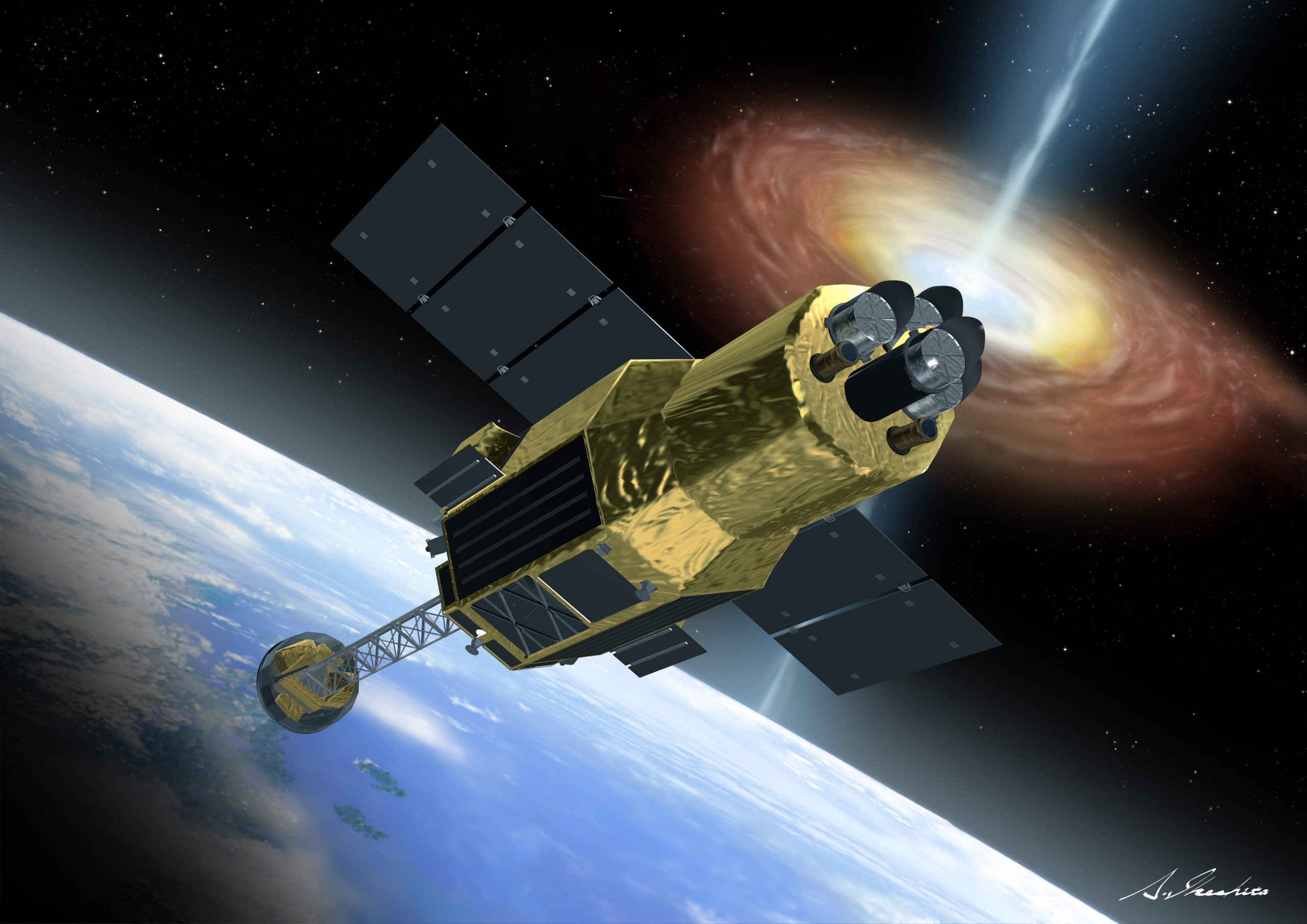SRON astronomer Hiroki Akamatsu will receive a Veni grant from NWO (250 thousand euros) to establish a new picture of structure formation history. To achieve this Akamatsu will make use of observations with the Japanese space telescope Astro-H. He will also participate in the development of a novel imaging spectrometer for its big successor, the space telescope Athena (ESA).
The question of how cosmic large scale structures are formed is one of the central problems in astronomy. The evolution of large scale structure occurs at their junctions, corresponding to clusters of galaxies. Furthermore, most of the baryonic matter in the Universe exist as a form of hot plasma (T~106-108 K), which strongly emits X-rays. Thus, X-ray observations of galaxy clusters allow us to study the structure formation history, because part of their enormous energy (1059 J) is converted into kinetic energy and non-thermal particles. This information is vital to understand the energy budget during the structure formation. Up to now, investigation of the energy budget is limited due to the lack of spectral resolution.

As an experimenting astronomer Akamatsu proposes to establish a new picture of structure formation history. The outcome of the proposal is (i) a new understanding of the cluster energy budget and its contribution to structure formation and (ii) to develop a powerful X-ray imaging spectrometer, which can be used not only for astronomical missions but also for material sciences.
Astro-H and Athena
In his research Akamatsu will use an instrument on board the Japanese satellite ASTRO-H (launch late 2015) which employs for the first time an X-ray microcalorimeter array with high resolving power. He will measure the most abundant iron lines with an unprecedented high resolution (?E~7 eV) and in such a way derive the plasma velocity fields in bright core regions of clusters.
Although ASTRO-H will enable us to investigate the cluster energy budget, observations will be limited due to the small array size (36 pixels). In order to accomplish his goal, Akamatsu will therefore help in developing a novel imaging spectrometer for the upcoming big space telescope Athena (ESA, 2028), consisting of a larger array of 4000 pixels with a better spectral resolution (?E~2.5 eV) than ASTRO-H.


